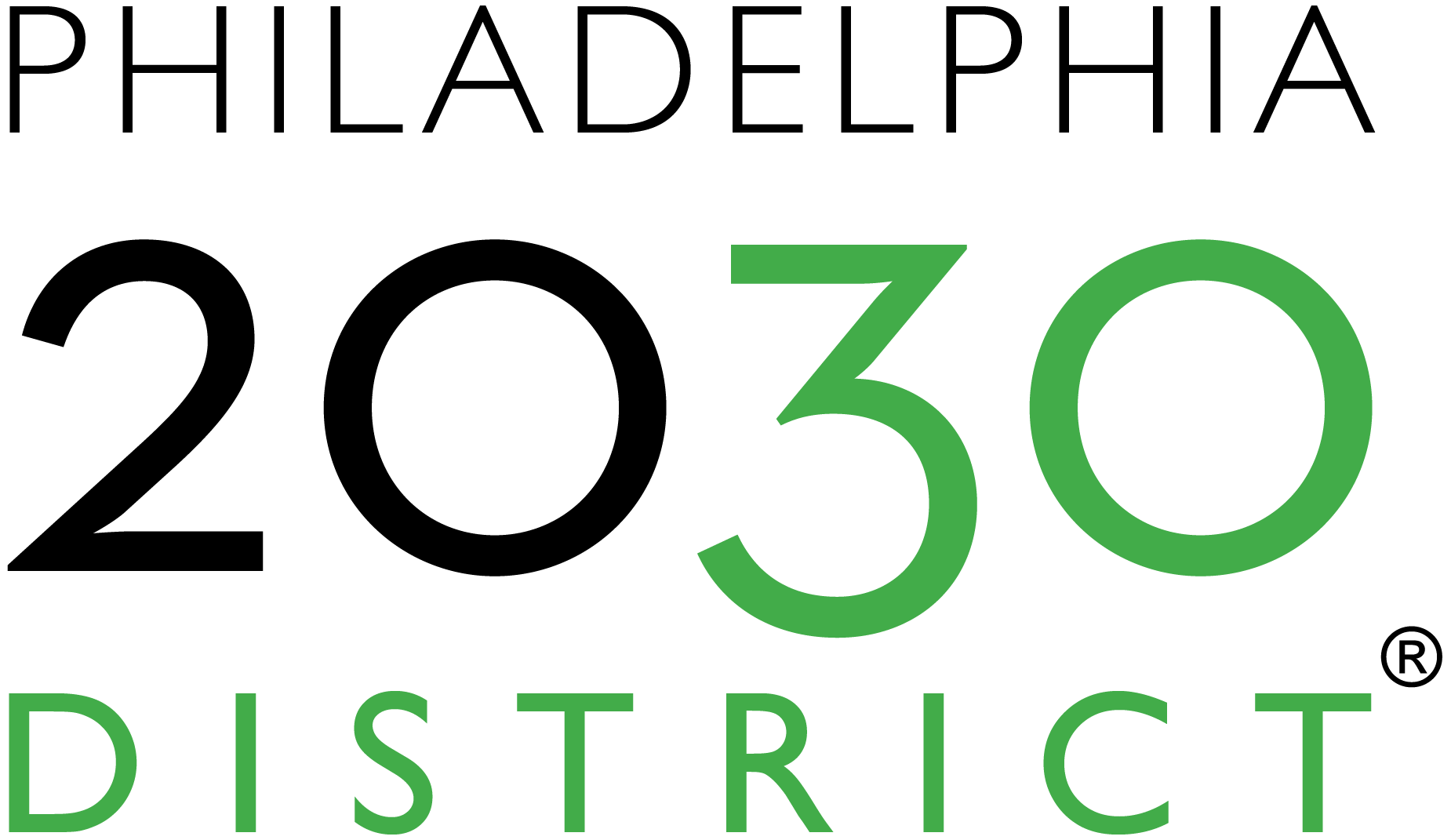What is the Philadelphia 2030 District?
The Philadelphia 2030 District is a private/public partnership that brings together property owners and managers, utilities and energy services companies, and community organizations to achieve substantial reductions in energy and water use, and transportation emissions by the year 2030.
Why start the initiative in Philadelphia?
Buildings are the primary driver of climate change in our region. In Philadelphia, 60 percent of the carbon emissions that cause climate change come from the building sector and an average commercial building wastes 30 percent of its energy. Making improvements to our built environment represents the best chance we have to reduce our region’s climate impact and save money.
Who can participate and how?
Property Partners:
- Building owners/managers that commit property to the district
- Must comprise at least 40% of district participants
- No limit to number of participants
Resource Partners:
- Utilities and energy services companies
- Provide expertise and deliver services to district
- Sponsor the district
- May not have property to commit to district
Community Partners
- Nonprofits, civic organizations, government
- Provide expertise and support for the district as needed
- May not have property to commit to district
- Limited number of participants
What are the benefits of participation for property partners?
Owners and managers who commit their properties to the 2030 District’s goals can realize cost savings while also lessening their environmental impact by assessing, tracking, and improving upon energy efficiency, water use, and transportation emissions. Participating property owners and managers gain access to a network of peers to share strategies and best practices, and to tools and resources to improve upon the performance of and add value to their assets, including financing information, aggregate building performance data, and building operator trainings.
What’s more, a Philadelphia 2030 District is an opportunity for voluntary, private sector leadership in demonstrating the value of high performing, cost-effective buildings. By having a delineated boundary around the district, properties within the catchment can use this innovation zone as a marketing tool to attract tenants and demonstrate a commitment to sustainability.
How is progress measured and reported? Is there a penalty for individual buildings that do not meet their goals?
Property partners share their ENERGY STAR Portfolio Manager accounts for each of their committed properties as well as transportation data with Green Building United.
Progress toward the district goals will be measured and reported in the aggregate but property partners will receive an individual report to track their progress toward the goals. Individual building energy/water use and transportation data will not be released independent of aggregated district totals without the expressed permission of the property partner.
There is no penalty should an individual property not meet its goals but we hope and expect that the opportunity for consistent peer learning and exchange of best practices will improve overall district performance.





